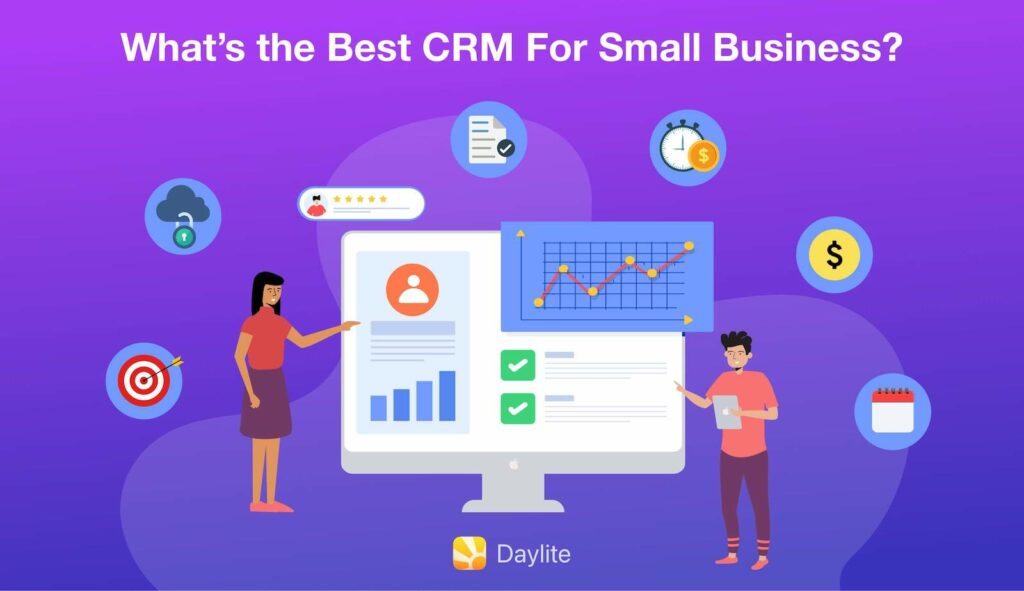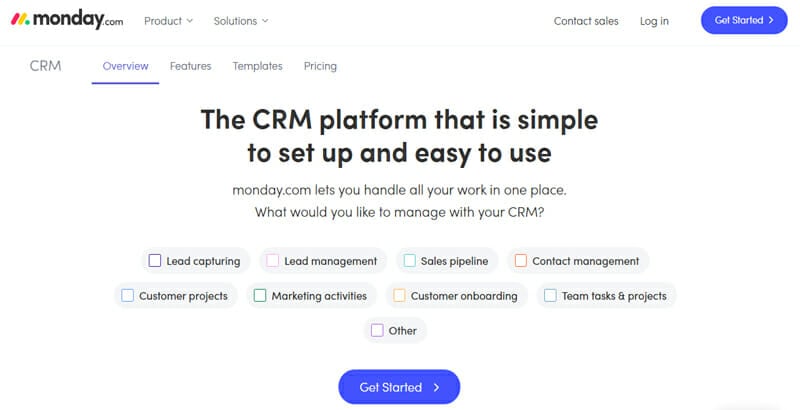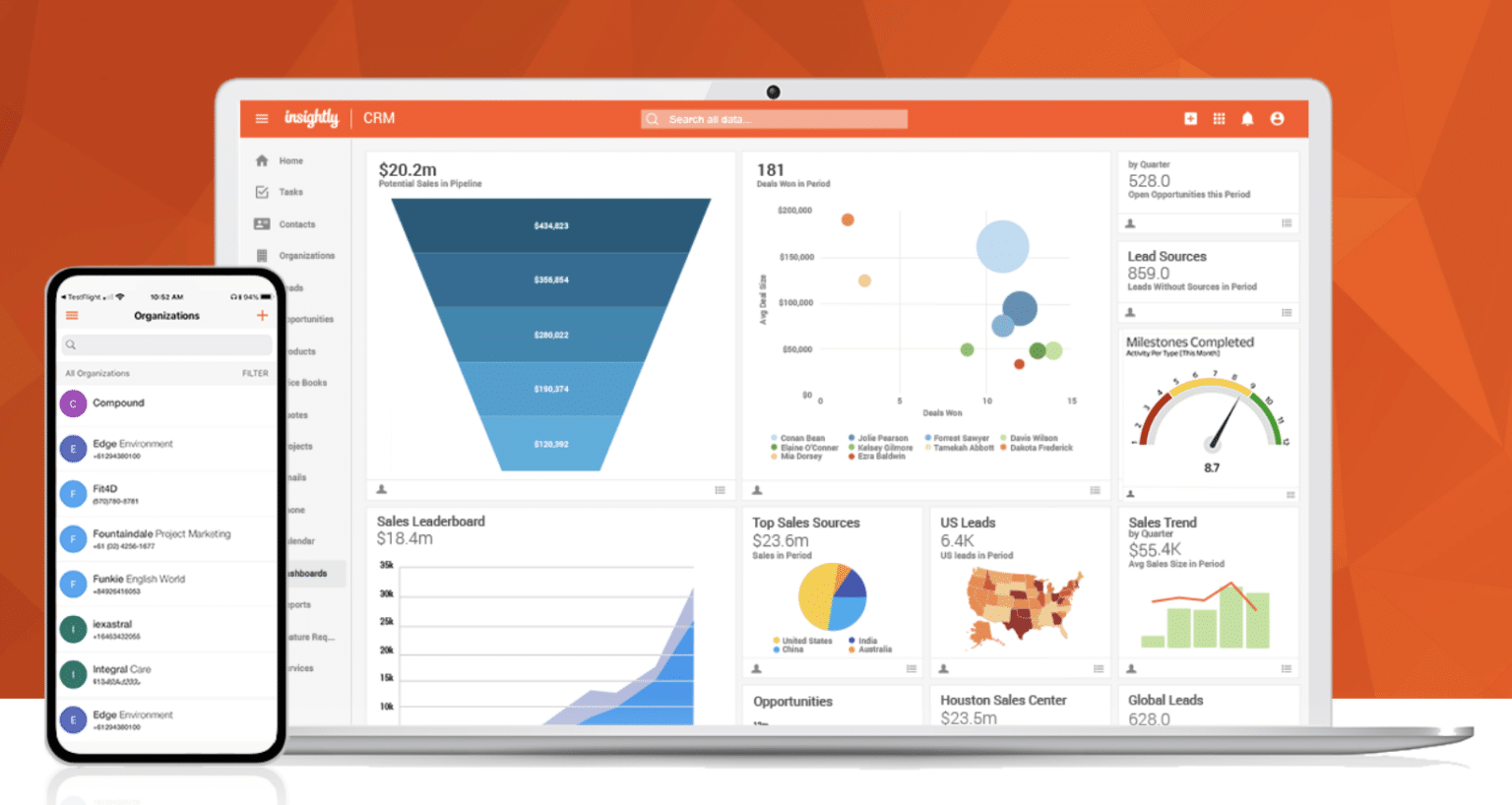
Spice Up Your Service: The Ultimate CRM Guide for Small Restaurants
Running a small restaurant is a whirlwind. You’re juggling inventory, staff schedules, customer orders, and a mountain of other tasks. In the midst of this controlled chaos, it’s easy for customer relationships to get lost in the shuffle. But what if you could streamline your operations, personalize your service, and keep your customers coming back for more? That’s where a Customer Relationship Management (CRM) system comes in. This guide will explore the best CRM options specifically designed for small restaurants, helping you transform your business into a well-oiled, customer-focused machine.
Why Your Small Restaurant Needs a CRM
You might be thinking, “I’m a small restaurant, do I really need a CRM?” The short answer is: Absolutely! Here’s why:
- Enhanced Customer Relationships: A CRM allows you to collect and organize customer data, such as contact information, order history, and preferences. This data enables you to personalize interactions, remember birthdays, and offer tailored promotions, making your customers feel valued.
- Improved Customer Loyalty: By understanding your customers better, you can create loyalty programs, send targeted email campaigns, and offer exclusive deals. This leads to increased customer retention and repeat business.
- Streamlined Operations: A CRM can integrate with your point-of-sale (POS) system, reservation system, and other tools, centralizing your data and automating tasks. This saves you time and reduces the risk of errors.
- Data-Driven Decisions: CRM systems provide valuable insights into your customer base, sales trends, and marketing effectiveness. This information helps you make informed decisions about menu planning, staffing, and marketing strategies.
- Competitive Advantage: In a competitive market, a CRM can give you an edge by allowing you to provide superior customer service and create a more memorable dining experience.
Key Features to Look for in a Restaurant CRM
Not all CRM systems are created equal. When choosing a CRM for your small restaurant, look for these essential features:
- Contact Management: The ability to store and manage customer contact information, including names, phone numbers, email addresses, and physical addresses.
- Customer Segmentation: The ability to group customers based on various criteria, such as dining frequency, spending habits, or dietary restrictions.
- Order History Tracking: A detailed record of each customer’s orders, including menu items, dates, and times.
- Reservation Management: Integration with your reservation system to streamline the booking process and keep track of seating preferences.
- Email Marketing: Tools for creating and sending targeted email campaigns to promote special offers, events, and new menu items.
- Loyalty Program Management: Features to create and manage loyalty programs, such as points-based rewards or exclusive discounts.
- Reporting and Analytics: Dashboards and reports that provide insights into customer behavior, sales trends, and marketing performance.
- POS Integration: Seamless integration with your point-of-sale system to automatically capture customer data and track sales.
- Mobile Accessibility: A mobile app or web-based interface that allows you to access your CRM data from anywhere, anytime.
- Ease of Use: An intuitive and user-friendly interface that is easy for your staff to learn and use.
Top CRM Systems for Small Restaurants
Now, let’s dive into some of the best CRM options specifically tailored for small restaurants:
1. Toast POS with CRM Capabilities
Toast is a popular all-in-one POS and restaurant management system that includes robust CRM features. It’s a great choice if you’re looking for a comprehensive solution that handles everything from order taking to customer relationship management.
Key Features:
- Integrated POS: Toast seamlessly integrates with its own point-of-sale system, allowing for automatic data capture.
- Customer Profiles: Create detailed customer profiles with order history, preferences, and contact information.
- Loyalty Programs: Build and manage loyalty programs to reward repeat customers.
- Email Marketing: Send targeted email campaigns to promote specials and events.
- Reporting and Analytics: Gain insights into customer behavior and sales trends.
- Online Ordering: Offers online ordering capabilities that integrates directly with the CRM.
Pros:
- Comprehensive all-in-one solution
- Tight integration between POS and CRM
- Excellent customer support
Cons:
- Can be more expensive than standalone CRM systems
- Requires a Toast POS system
2. Upserve (Now Lightspeed Restaurant)
Upserve, now part of Lightspeed Restaurant, is another strong contender, offering a restaurant-focused CRM with a focus on data-driven insights. It helps you understand your customers and make informed decisions to boost sales and improve operations.
Key Features:
- Customer Profiles: Create and manage detailed customer profiles.
- Customer Segmentation: Segment customers for targeted marketing.
- Order History: Track customer order history.
- Reporting and Analytics: Provides detailed reports on customer behavior, sales trends, and menu performance.
- POS Integration: Integrates with various POS systems.
- Table Management: Offers table management features.
Pros:
- Powerful analytics and reporting
- Focus on data-driven decision-making
- Integration with various POS systems
Cons:
- Can be pricey for small restaurants
- Some features might be more complex than necessary for smaller operations
3. Hubspot CRM
HubSpot CRM is a popular choice for many businesses, and it can be a great option for restaurants, especially if you’re looking for a free or low-cost solution. It offers a user-friendly interface and a wide range of features.
Key Features:
- Contact Management: Manage customer contacts and track interactions.
- Deal Tracking: Track potential sales and manage customer relationships.
- Email Marketing: Send email campaigns and track their performance.
- Automation: Automate tasks and streamline workflows.
- Integration: Integrates with other tools, although POS integrations might require third-party solutions.
- Free Version: Offers a generous free plan.
Pros:
- Free plan available
- User-friendly interface
- Excellent for email marketing
- Scalable solution
Cons:
- Limited features in the free plan
- POS integration requires third-party solutions
- Not specifically designed for restaurants
4. Zoho CRM
Zoho CRM is a versatile CRM system that offers a range of features suitable for various businesses, including restaurants. It’s known for its affordability and customizability.
Key Features:
- Contact Management: Manage customer contacts.
- Sales Automation: Automate sales processes.
- Marketing Automation: Automate marketing campaigns.
- Reporting and Analytics: Track key metrics.
- Customization: Highly customizable to fit your specific needs.
- Integrations: Integrates with other Zoho apps and third-party tools.
Pros:
- Affordable pricing
- Highly customizable
- Good for sales and marketing automation
Cons:
- Interface might feel less intuitive than other options
- Requires some technical expertise for customization
- Not specifically tailored for restaurants
5. Restaurant365
Restaurant365 is a comprehensive restaurant management platform that includes CRM capabilities. It’s designed for restaurants of all sizes and offers a wide range of features.
Key Features:
- Inventory Management: Manage your inventory and track food costs.
- Accounting: Integrate with accounting software.
- Labor Management: Manage employee schedules and track labor costs.
- CRM: Includes basic CRM features.
- Reporting and Analytics: Provides insights into all aspects of your restaurant operations.
Pros:
- Comprehensive restaurant management platform
- Integrates various aspects of restaurant operations
Cons:
- Can be expensive
- CRM features may be less robust than dedicated CRM systems
Choosing the Right CRM: A Step-by-Step Guide
Selecting the right CRM can feel overwhelming, but breaking it down into steps will make the process manageable. Here’s a simple guide:
- Assess Your Needs: What are your biggest challenges in managing customer relationships? What features are most important to you (e.g., loyalty programs, email marketing, reservation management)? Make a list of your “must-haves” and “nice-to-haves.”
- Define Your Budget: CRM systems vary in price, from free to several hundred dollars per month. Determine how much you’re willing to spend. Consider the long-term cost, including implementation, training, and any additional features you may need.
- Research Your Options: Based on your needs and budget, research the CRM systems mentioned above and any others that catch your eye. Read reviews, compare features, and look for case studies of restaurants that have successfully implemented the system.
- Request Demos and Trials: Most CRM providers offer demos or free trials. Take advantage of these to get a feel for the system’s interface, ease of use, and functionality. Have your team members participate in the demo to get their input.
- Consider Integration: Does the CRM integrate with your existing POS system, reservation system, and other tools? Seamless integration is crucial for data accuracy and efficiency. If integration isn’t available, consider whether the lack of integration will significantly impact your workflow.
- Evaluate Support and Training: What kind of support and training does the CRM provider offer? Look for systems that provide user-friendly documentation, tutorials, and responsive customer support. The level of support can make or break your experience with a CRM.
- Make a Decision and Implement: Once you’ve thoroughly evaluated your options, choose the CRM system that best meets your needs. Plan your implementation carefully, including data migration, staff training, and testing.
- Monitor and Adjust: After implementation, monitor your CRM’s performance and make adjustments as needed. Track key metrics, such as customer retention, sales, and marketing campaign results, to see if the CRM is delivering the desired results.
Tips for Successful CRM Implementation
Implementing a CRM is a process, and success requires careful planning and execution. Here are some tips to help you get the most out of your new CRM:
- Clean Your Data: Before importing customer data into the CRM, clean it up. Remove duplicates, correct errors, and standardize formatting. This will ensure data accuracy and avoid confusion.
- Train Your Staff: Provide comprehensive training to your staff on how to use the CRM. Make sure they understand the importance of data entry, customer interaction, and utilizing the CRM’s features.
- Define Processes: Establish clear processes for data entry, customer communication, and other CRM-related tasks. This will help ensure consistency and efficiency.
- Use the CRM Consistently: Make the CRM an integral part of your daily operations. Encourage staff to use it for all customer interactions, from taking orders to sending email campaigns.
- Personalize Your Approach: Use the CRM to personalize your customer interactions. Remember birthdays, offer tailored promotions, and make your customers feel valued.
- Track Your Results: Monitor your CRM’s performance and track key metrics, such as customer retention, sales, and marketing campaign results. This will help you measure the effectiveness of your CRM and make adjustments as needed.
- Regularly Update Your Data: Keep your customer data up-to-date. Update contact information, order history, and preferences as they change. This will ensure data accuracy and help you provide the best possible service.
- Integrate with Other Tools: Integrate your CRM with your POS system, reservation system, and other tools to streamline your operations and improve data accuracy.
- Provide Excellent Customer Service: The ultimate goal of a CRM is to improve customer service. Respond to customer inquiries promptly, resolve issues efficiently, and go the extra mile to make your customers happy.
Beyond the Basics: Advanced CRM Strategies for Restaurants
Once you’ve mastered the basics of CRM, you can explore more advanced strategies to further enhance your customer relationships and boost your bottom line:
- Advanced Customer Segmentation: Go beyond basic segmentation based on dining frequency or spending habits. Segment customers based on their menu preferences, dietary restrictions, or special occasions. This allows you to create highly targeted campaigns and offers.
- Personalized Recommendations: Use your CRM to track customer order history and make personalized recommendations. Suggest menu items based on their past orders, and offer special discounts on their favorite dishes.
- Automated Workflows: Automate repetitive tasks, such as sending birthday emails or follow-up emails after a customer’s visit. This saves you time and ensures consistency in your communication.
- Feedback Collection: Integrate your CRM with a customer feedback system. Collect feedback through surveys, online reviews, and other channels. Use this feedback to improve your menu, service, and overall customer experience.
- Social Media Integration: Integrate your CRM with your social media accounts. Track customer interactions on social media and use social media data to personalize your marketing efforts.
- Predictive Analytics: Leverage predictive analytics to anticipate customer needs and trends. Predict which customers are likely to churn and proactively reach out to them with special offers.
- Mobile CRM: Implement a mobile CRM app to allow your staff to access customer data and manage customer interactions on the go. This is especially useful for restaurants with outdoor seating or delivery services.
The Future of CRM in the Restaurant Industry
The restaurant industry is constantly evolving, and CRM technology is keeping pace. Here’s what you can expect in the future:
- Artificial Intelligence (AI): AI will play an increasingly important role in CRM, allowing restaurants to automate tasks, personalize interactions, and gain deeper insights into customer behavior.
- Voice-Activated CRM: Voice assistants, such as Alexa and Google Assistant, will integrate with CRM systems, allowing restaurant staff to access and manage customer data through voice commands.
- Hyper-Personalization: CRM systems will enable restaurants to create highly personalized experiences for each customer, based on their individual preferences, behaviors, and context.
- Data Privacy and Security: With growing concerns about data privacy, CRM providers will prioritize data security and offer more robust privacy features.
- Integration with Emerging Technologies: CRM systems will integrate with emerging technologies, such as augmented reality (AR) and virtual reality (VR), to enhance the customer experience.
Conclusion: Savor the Benefits of a Restaurant CRM
Implementing a CRM system is a smart move for any small restaurant looking to enhance customer relationships, streamline operations, and boost profitability. By choosing the right CRM, following best practices, and staying ahead of the curve, you can transform your restaurant into a thriving, customer-focused business. So, take the plunge, explore the options, and start savoring the benefits of a well-implemented CRM. Your customers—and your bottom line—will thank you for it.


